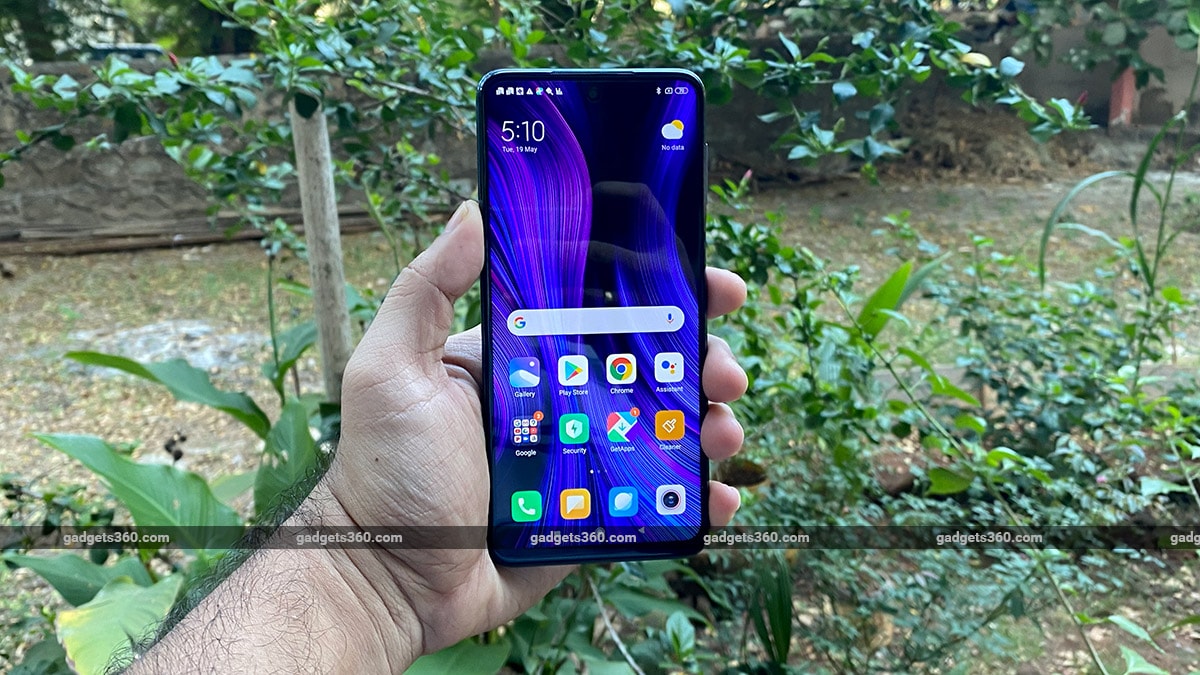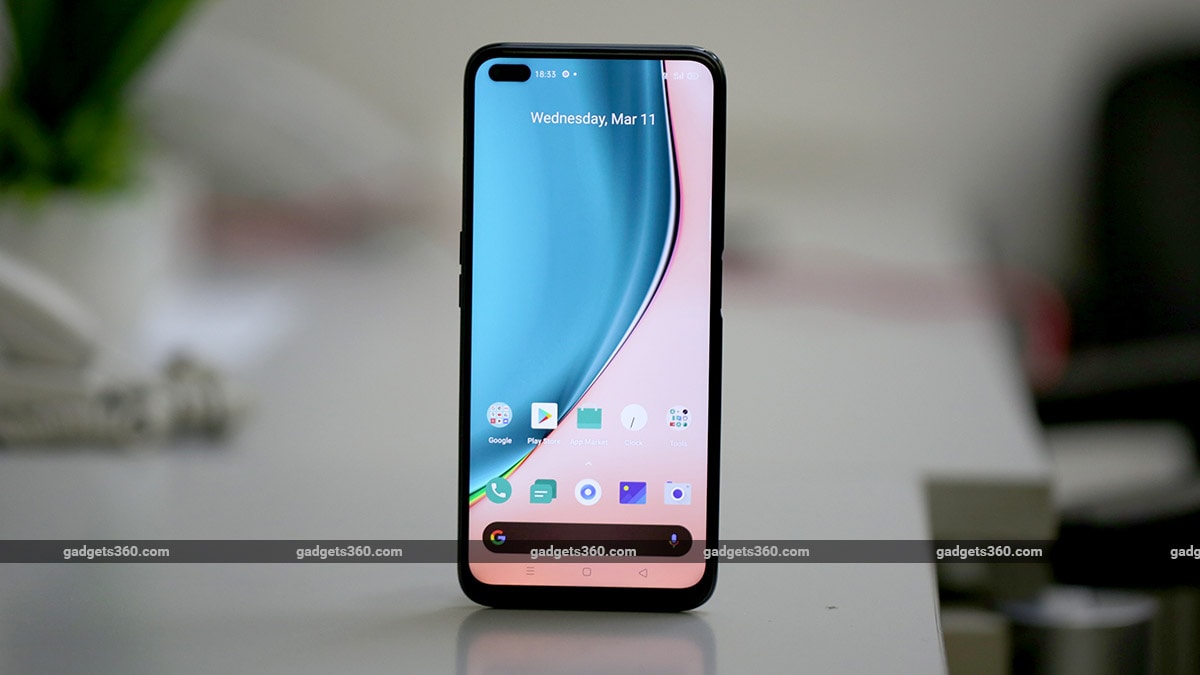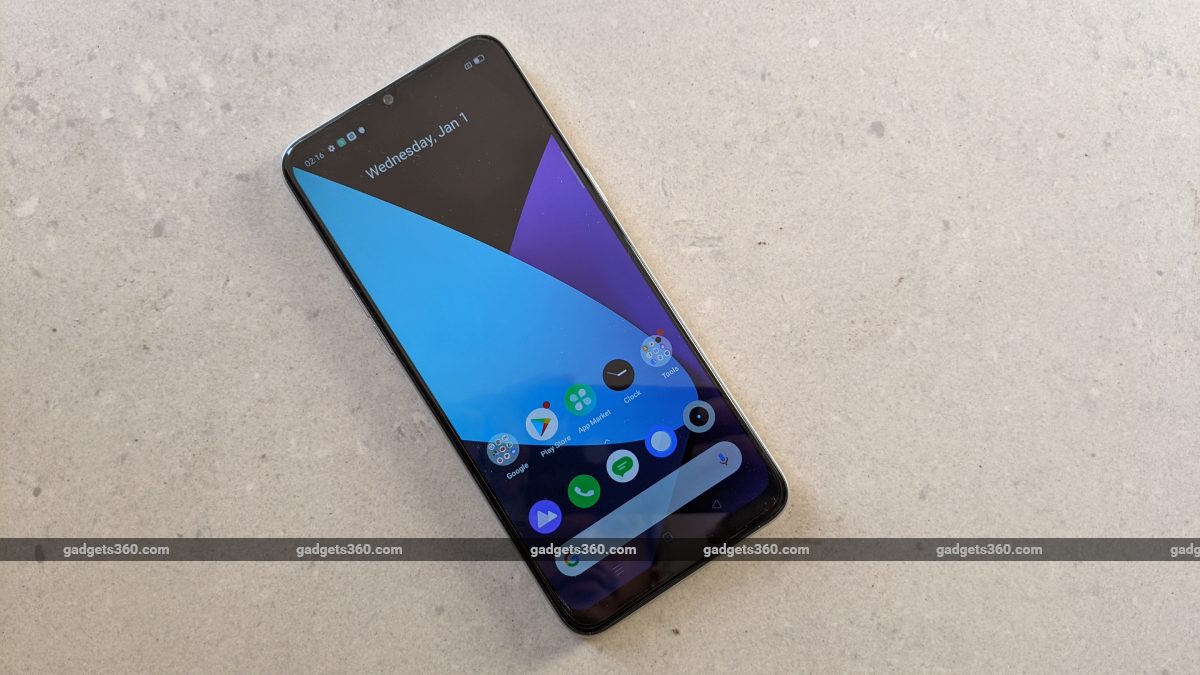Samsung seems to be on a smartphone rampage, releasing three models in the Galaxy M series and now three new Galaxy A models within a month – and then there are the three Galaxy S10 variants going on sale in early March. Thursday’s launch of the Galaxy A50, Galaxy A30 and Galaxy A10 aims to strengthen the company’s lower-mid-range portfolio, and in fact the pricing of these new models mean that the A-series will now overlap with the M-series. We were able to spend some time with the new Galaxy A50 and Galaxy A30, which will be the first to go on sale, at today’s launch event, and here are some early thoughts.
Samsung A50 and Samsung A30
The Samsung Galaxy A50 and Galaxy A30 can be seen as improved versions of the M-series in terms of features. Samsung is aiming all these phones at the same millennial audience, but the A-series models feel a little more premium. The Galaxy A50, while still relatively affordable, trades specifications such as RAM and storage for a super AMOLED screen with an Infinity-U notch and fingerprint sensor under the glass, and three rear cameras. The Galaxy A30 is less differentiated in terms of features, and makes do with a standard fingerprint sensor and dual-camera module on the rear, but has the same screen.
Both Samsung Galaxy A50 and Galaxy A30 look and feel very slick. They’re very sculpted, with curved-edge glass on the front meeting the frame without any sharp edges or seams. The Galaxy A50 has a “3D prism” design on the rear which refracts and scatters light, creating unique patterns when you look at it from different angles. Visually, it has a sense of depth, and the black unit we were able to spend time with looked more like grey with reds, greens and blues slightly visible at the edges. You have to see this finish yourself to really appreciate it. The Galaxy A50 will also be available in white and blue.
Both models have the same 6.4-inch 1080×2340-pixel super AMOLED screens and you can’t tell the two apart from the front. Samsung says it chose this panel because the young users it is targeting want to watch videos and play games all the time. We liked what we saw in our brief time with both phones – the screens are crisp and vibrant. The scoop-shaped notches are unfortunately quite distracting. The screen borders aren’t very thin and there are still noticeable chins, but the design is quite good for the price you’re paying.
The Samsung Galaxy A30 is the same size and shape, but has a simpler finish on the rear. This phone is available in red, blue, and black. The rear looks like glass, but Samsung hasn’t yet confirmed what it’s made of. Both phones got smudged with fingerprints very easily.
Buyers will be happy to note that both the Galaxy A50 and Galaxy A30 come with wired headsets and flexible plastic cases in their retail boxes. The lack of a headset bundled with the Galaxy M10 (Review) and Galaxy M20 (Review) came as a surprise and disappointment to many Gadgets 360 readers. Both phones also ship with bulky 15W chargers and USB Type-C cables.
The two phones we looked at were both running Android 9 with Samsung’s new One UI, which is designed around usability but makes all icons and text look very big. We spotted some customisation options, and we’ll spend more time with them when we’re conducting our full review. Performance seemed just about okay – neither device was particularly snappy, but they didn’t feel bloated and didn’t stutter or lag either.
![]()
Samsung is particularly proud of the cameras that both the Galaxy A50 and Galaxy A30 have been equipped with. The more expensive of the pair has a 25-megapixel f/1.7 primary rear camera with an additional 8-megapixel ultra-wide camera and a 5-megapixel f/2.2 depth sensor. The wide-angle camera has a 123-degree field of view and can be used when recording video as well as taking stills. Camera features include intelligent scene detection, a portrait mode with an adjustable bokeh effect, a Pro mode, and slow motion video capture. With the 25-megapixel fixed-focus front camera, you can create AR Emojis of yourself to send to others.
The Samsung Galaxy A30 steps down to a 16-megapixel primary rear camera and loses the dedicated depth sensor but still has a 5-megapixel f/2.2 wide-angle camera. The front camera also has a 16-megapixel sensor and f/2.2 aperture. Despite not having a depth sensor there’s still a Live Focus mode in the app – our full review will tell us whether there’s any major loss in functionality.
Both Samsung Galaxy A50 and Galaxy A30 have 4000mAh batteries, USB Type-C ports, 3.5mm audio sockets, and dual-SIM trays with separate microSD card slots. The Galaxy A50 is powered by Samsung’s Exynos 9610 SoC, while the Galaxy A30 gets the same Exynos 7904 as the Galaxy M20 and Galaxy M30. Oddly, there are no options when it comes to internal storage, and both models have 64GB.
You have a choice between 6GB and 4GB of RAM with the Samsung Galaxy A50, priced at Rs. 22,990 and Rs. 19,990 respectively. There’s only one configuration of the Galaxy A30 with 4GB of RAM, which is priced at Rs. 16,990. The Galaxy A50 and Galaxy A30 will go on sale in India on March 2.
We’ll be running our usual battery of tests and using both phones out in the real world, and we’ll soon bring you our detailed reviews of both phone’s performance, display quality, camera quality, battery life, software, usability, and durability, so stay tuned to Gadgets 360.



